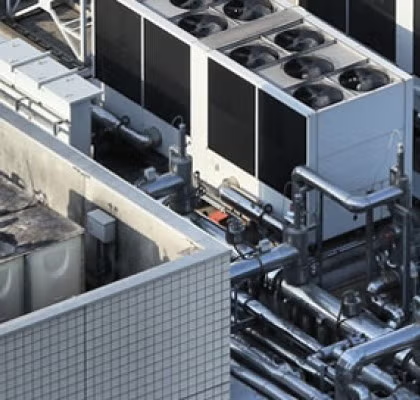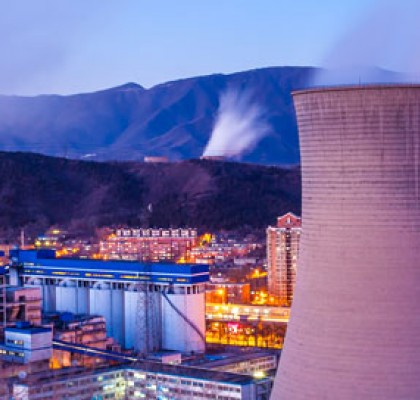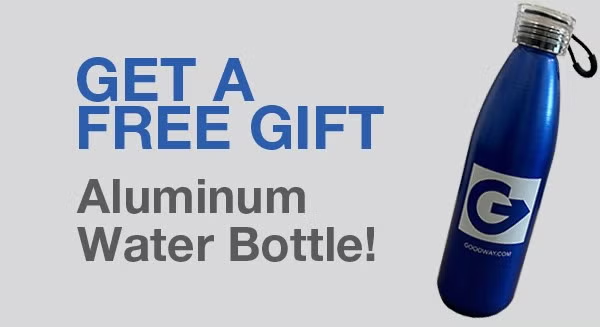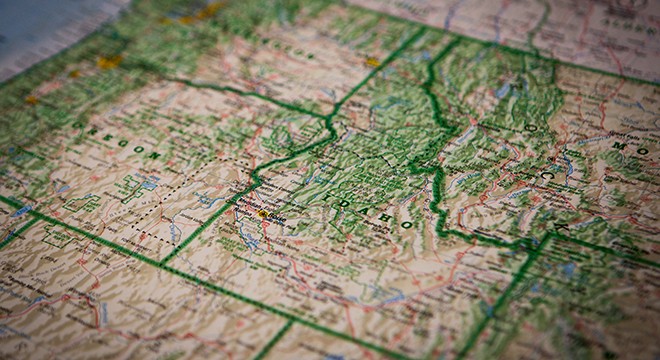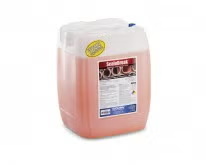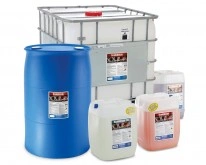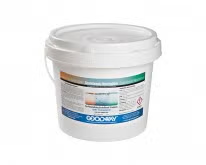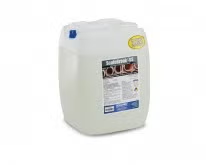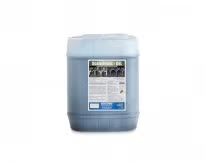How To Remove Scale From a Tube Heat Exchanger
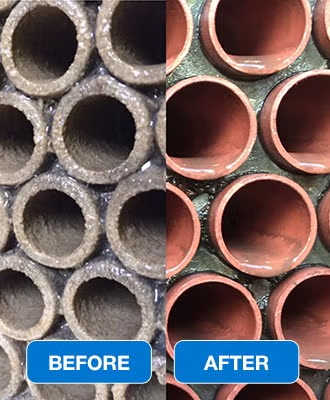
Why Should Condenser Heat Exchanger Tubes Be Cleaned?
Tubes within the condenser provide the primary heat exchange method. When condenser tubes get dirty or fouled efficiency drops and cost increases. The cost of running chillers is high, and when efficiency drops, the costs dramatically increase, and the wear and tear on other system components. Fouling of tubes generally includes sludge, slime, and mud. When scale deposits appear, the efficiency drops are even higher. Use our handy chiller descaling calculator to find out how much money you can save.
What is the Best Method of Heat Exchanger Tube Cleaning?
The best heat exchanger tube cleaning method depends on the type of deposits present. We recommend rotary tube cleaning systems that include shaft and brush technology with an integrated flush for soft to medium organic deposits like mud, silt, algae, or others. This technology removes and flushes deposits quickly from tube walls. If hard deposits like scale, magnesium, and struvite are present, using chemical descalers like ScaleBreak is recommended. In extreme cases, a combination of both methods is required. Learn more about our chemical descalers here.
How Often Should Heat Exchange Tubes be Cleaned?
Generally, heat exchanger tubes in systems like chillers are clean annually. However if systems are used more regularly, or for heavy-duty process cooling or heating applications, then more frequent cleaning is recommended. System analytics and measurements like head and pump pressures will help operators decide if tubes or cavities are becoming constricted and require cleaning.
Useful tips on how to descale a tube heat exchanger.
ScaleBreak chemical descaler quickly removes deposits like lime, scale, and rust that drastically reduce efficiency, increase expenses, and stop damaging vital components.
For the fifth installment of Cleaning With ScaleBreak®, we outline the steps for cleaning shell & tube heat exchangers with ScaleBreak.
When cleaning a shell & tube heat exchanger, you will first need to visit our calculation tool so you know the proper amount of ScaleBreak needed and how long to perform the circulation. The information in the calculation tool allows you to adjust the amount based on the thickness of the scale in your exchanger.
- Isolate the heat exchanger from the system by closing the supply and return water valves.
- Position a ball valve on the low point of the heat exchanger. This valve will be your entry point for your ScaleBreak cleaning and can be closed to prevent backflow.
- Attach your circulation hoses so you are pumping into the bottom of the heat exchanger and returning the fluid out the top.
- Your exit point on top must be at the exchanger's highest point. If tubes are above your exit point, position the hose at a higher point. This action will increase the liquid volume and ensure the higher tubes are flooded and do not become air-bound with CO2 or foaming resulting from the cleaning.
- Fill your exchanger with water and perform a hydrostatic test by turning on your pump and circulating water. This action assures the exchanger is isolated and none of the ScaleBreak will be needlessly lost.
- You will need to bleed off enough water equal to the volume of ScaleBreak required for the cleaning. If you relieve too much water, you can add some back in to complete your recirculation loop.
- Water-formed deposits will occupy volume. As a result, additional water may need to be added during the cleaning duration as deposits are dissolved.
- Periodically check your isolation valves as they may have initially seated against the scale. As ScaleBreak dissolves the scale, this action will help you avoid losing the product.
- Circulate the ScaleBreak solution for the recommended timeframe as indicated by our calculation tool.
- During your ScaleBreak cleaning, you must ensure your solution remains active. Please follow our “Testing ScaleBreak’s Effectiveness” step for this step.
- Once you have reached the recommended circulation time and your ScaleBreak solution has completed the job, you can begin your flushing process.
- Though ScaleBreak is a biodegradable solution, most facilities must conform to pH discharge limits. ScaleBreak Neutralizer can be utilized to safely elevate your pH to meet your discharge limit so it can be flushed to the drain. Please follow the instructions for this process in the ScaleBreak Neutralizer information sheet.
- To flush your heat exchanger, turn off your circulation pump, remove the return hose from your recirculation system, and put it in a drain.
- Add a freshwater hose to your recirculation bucket on your pump system and turn the pump back on.
- Continue running clean water through the heat exchanger for 10-15 minutes or until the return water runs clear. This action will also flush your pump system.
- Disconnect your hoses, close the valves you performed your circulation through, and open the exchanger supply water valves.
- Your heat exchanger can now be returned to service.
This procedure is for off-line cleanings only; please contact Goodway Technologies for instructions to perform a clean-in-place cleaning.
Please note:
- Follow all local regulations for discharge.
- Follow all plant personal protective equipment guidelines as determined by your health & safety team.
- ScaleBreak formulas have very minimal corrosion rates; however, the application of ScaleBreak may reveal pre-existing under-deposit corrosion (UD). This type of corrosion can present itself in pitting, pinholes, or similar types of damage.

